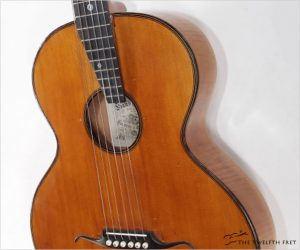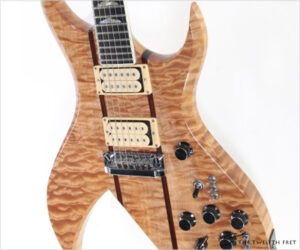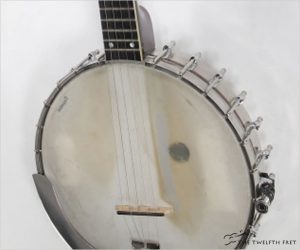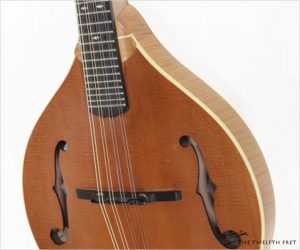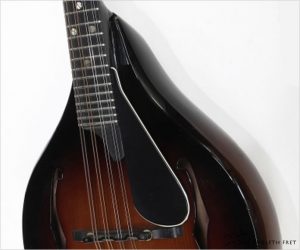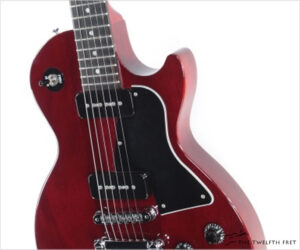Here we have a Hans Raab Munich Style Guitar built of Spruce, Maple and Ebony during 1916 in Munich, Germany – during WWI. Hans Raab and his son built many instruments in a wide range of styles, from the mid 1880’s to World War II. They were well known for not just the number of instruments built and their variety – their catalog was apparently quite large – but also for the quality of their work.
Instruments
Designed by Neal Moser while Bernardo Rico was out of the country, the BC Rich Bich first appeared in the 1976 catalog as a 10-string model. Like most other BC Rich models of the time, the Bich used a neck-through design with ‘wings’ added to provide the body shape for the center neck-body section. The BC Rich Bich Supreme seen here is in great condition with very little wear.
This instrument has sold
MORE →The Vega Longneck Pete Seeger banjo was built from 1958 to 1970, following Seeger’s influence on the popularity of the banjo and his need to play in lower keys without retuning. This Vega Longneck Pete Seeger banjo, built during 1962 at the Vega shop in Boston is in good working order. The neck has been refinished, Capo tacks are installed, also a Presto tailpiece, with the original in the case.
Here we’re looking at a 2007 Weber Bitterroot A-Style mandolin, built in Logan, Montana during 2007. Weber moved from Logan to Bend, Oregon in 2013. The Bitterroot A-Style series features thin, minimal decoration, wood figuring and finishing yet with Weber’s full build and materials quality.
This instrument has sold
MORE →The Rigel A+ Deluxe mandolin is now built by Peter Langdell in Jeffersonville, Vermont and has a unique, patented construction (U.S. Patent #D383481, awarded September 09, 1997). Rather than being bent from flat pieces in the traditional manner, the Rigel A+ Deluxe sides are carved from a solid block that supports the top and back. The back is full sized but glued on, while the top is a circular plate, somewhat like the resonator on a reso-phonic instrument.
This instrument has sold
MORE →The Gibson Les Paul Special first appeared in 1955, as the fourth version of the now-classic model. The first was the 1952 Gold-Top Les Paul, which was revised in 1953 and 1954 to allow for a steeper neck angle and the introduction of first a stop-bar bridge and then the Tune-O-Matic and stop tailpiece combination.
This instrument has sold
MORE →